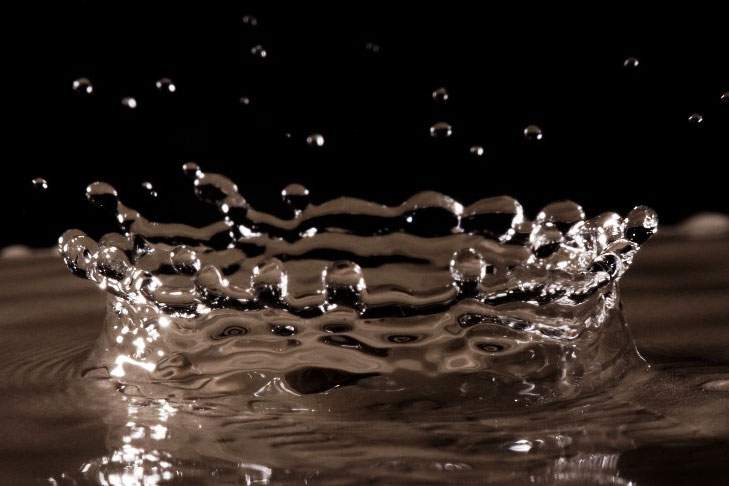
Here's one you can do at home with your kids.
Try This At Home!
Take a sheet of tinfoil and shape it into a little canoe. Now fill up the sink with water. Now go find a young person. Ask her or him if this much tinfoil will float. Have the young person feel how heavy the tin foil is. After you've both made your guesses, place the canoe in the water.
Yep, it floats. You say: I guess we can conclude that tin foil that weighs this much is still light enough to float, huh?
If said young person falls for this, say: Then how come when I crumple up the canoe into a ball, the tin foil sinks? Crumple the canoe. Down it goes. The crumpled ball weighs exactly as much as the canoe did. Why doesn't it float?
Displacement
The answer is in displacement. An object that displaces its own weight in water will float, regardless of how heavy it is. That's why multi-ton battleships don't sink: as long as they push aside their own weight in water, they'll stay on top.
Now, the canoe you made has an excellent shape for displacing water. It acts like a wedge, pushing water aside as you lower it into the sink and replacing the water with low-density air. The crumpled ball, on the other hand, has just the wrong shape. All of its mass is compressed together, so it has a high density throughout and displaces very little water. And down it goes!









